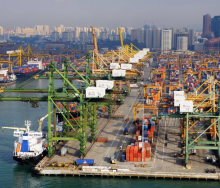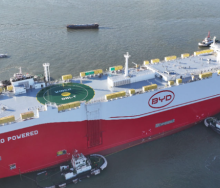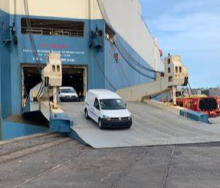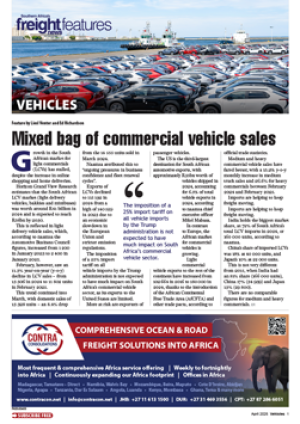Ocean carriers tried to bolster their financial outcomes in the first quarter of 2025 by introducing General Rate Increases (GRIs), effective from 1 April.
Despite these measures, their success has been inconsistent, with considerable doubts surrounding their sustainability in the long term.
A container intelligence firm from Hong Kong found that carriers are struggling to maintain these rate adjustments due to subdued demand and unpredictable market conditions.
Data from Linerlytica, which monitors over 7 000 vessels across 1 500 liner services globally, reveals that while GRIs were implemented, many carriers have already deferred further increases owing to insufficient cargo volumes.
Some of the new rates include $2 700 for transporting a TEU from the Far East to the United States, but uptake has been below expectations.
As a result, a planned GRI scheduled for 1 May has been postponed by two weeks.
Industry analysts, including Frode Mørkedal of Clarksons Securities, caution that the recent rise in spot rates may offer only a short-lived reprieve.
He said that even if contract rates surpass current spot levels, they are unlikely to match last year’s figures, potentially leading to a sharp drop in liner earnings during the latter half of 2025.
The container shipping sector continues to face challenges balancing supply and demand, as overcapacity and sluggish demand exert downward pressure on rates.
Linerlytica’s data also found that contract volumes now constitute less than 30% of the market.
To secure business, carriers are increasingly offering preferential rates to non-vessel-operating common carriers.
While liner operators aimed for financial improvements through GRIs in early 2025, the effectiveness of these strategies remains uncertain amidst ongoing market challenges and tepid demand, Container News reported.













